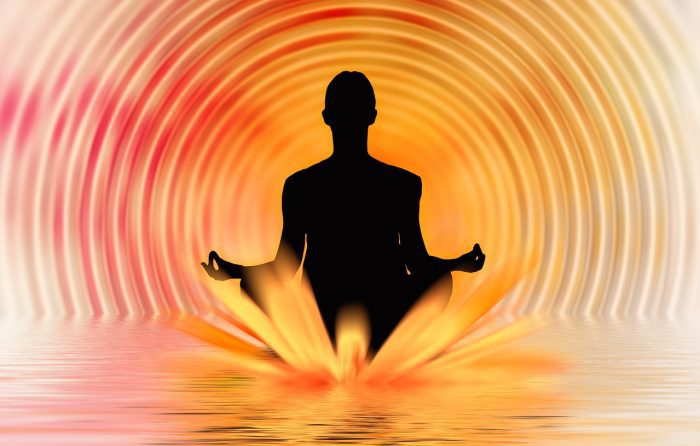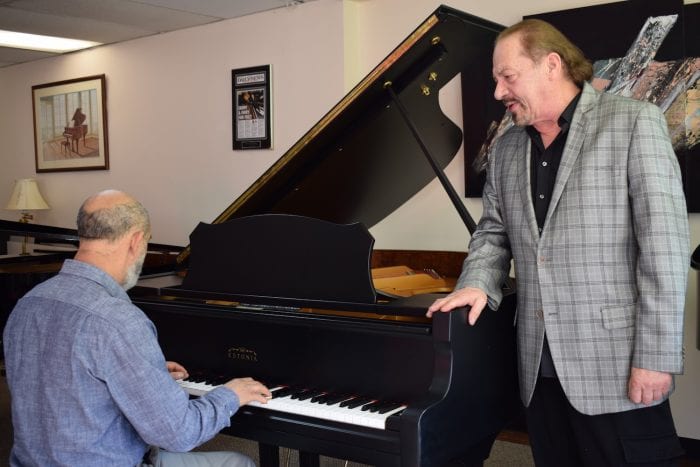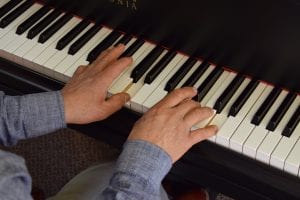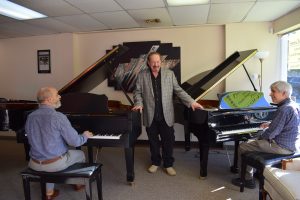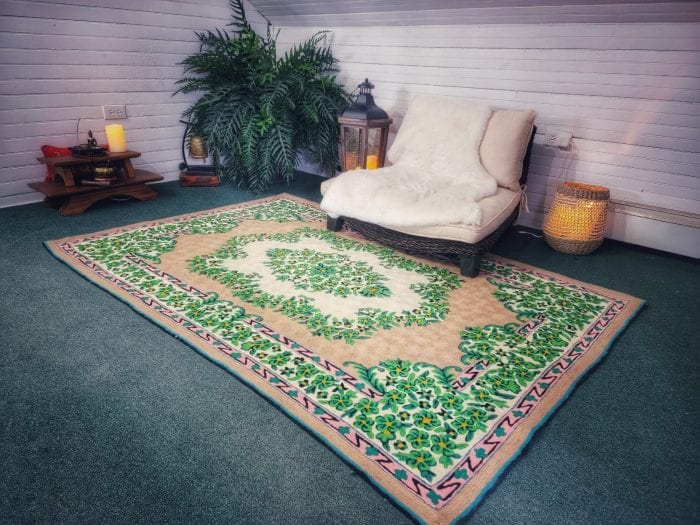By Daniel Dunaief

Shhh. Listen. If what you hear is nothing, then maybe you’re onto something.
Noise envelops us. Some of it, like the sound of a Broadway musical, the waterfall laughter of a giggling child, or the deep resonant breath of a humpback whale surfacing amid floating cubes of ice in Alaska can give us peace, pleasure and joy.
Many noises, however, are irritants or worse. We step out of a loud airplane onto a jetway, where loudspeakers announce the boarding in group four of a flight awaiting takeoff. We walk through a crowded airport, as fathers shout to their children, a woman calls to ask Breanne if she “wants fries with her burger,” and a man informs his wife that he “has to pee so badly that he’s not sure he’s going to make it.”
We step outside of the airport, where whistles from people directing traffic echo in our ears and where officials in orange vests bark orders at drivers to “vacate this spot immediately!”
We try to ignore many of the harsher and more abrasive sounds, even though our nervous system tracks noises as a way to protect us in case someone yells something we need to hear.
And then there are those wonderful moments when we hear nothing, not even the buzzing of a lightbulb, a dog drinking in the next room, or a cat cleaning himself on a nearby chair.
Silence.
If it lasts long enough, it’s the pause that refreshes, giving our ears a rest and our brains a chance to hear an inner voice that might otherwise get lost.
We can find those moments when we’re on our own. When we’re surrounded by others, the silence is harder to discover, as we either speak or hear the noises they make as they unwrap a newspaper, chew their gum, or shake their leg up and down so rapidly that the material from their pants makes a repetitive rubbing sound.
But then, we can go to a meditation or yoga class or a religious or memorial service and reflect with others who sit still like a slope of shaded stones in an Ansel Adams photo.
During those moments, we can slow our breathing, think beyond the constant fast twitch need to act and react to our phones, and can allow our minds to make unexpected connections.
During one of those recent times, I pondered symmetry in nature, where you can draw a line down the middle of something like our faces, and see that the image on one side, excluding freckles, beauty marks, and that scar from the time we tripped and got stitches, is incredibly similar to the one on the other.
With so much chaos in nature, I wouldn’t expect such symmetry. At a distance, most leaves have remarkable symmetry, as do the shape of most animals. Human designs often have a pleasing symmetry, with windows, flying buttresses and A-frame houses looking remarkably similar on the left and right. Almost every field or arena for a sporting event has some symmetry, except for those with irregular outfield fences.
During a recent service, I enjoyed time when I couldn’t look at my phone and when I could read religious text. I haven’t considered these texts in a while and was drawn in by their drama and story value, as opposed to the spiritual and life guidance I often imagine. Basic struggles for power, sibling rivalries, and the search for food and stability dominate these narratives, which makes it clear why religion (and mythology) continue to offer connections for people whose lives, at least on the surface, are considerably different from the ones people lived lo those many years ago.
Ultimately, silence can be refreshing, giving us auditory time and space to reflect and to clean a cognitive filter cluttered with chaos and cacophony.

